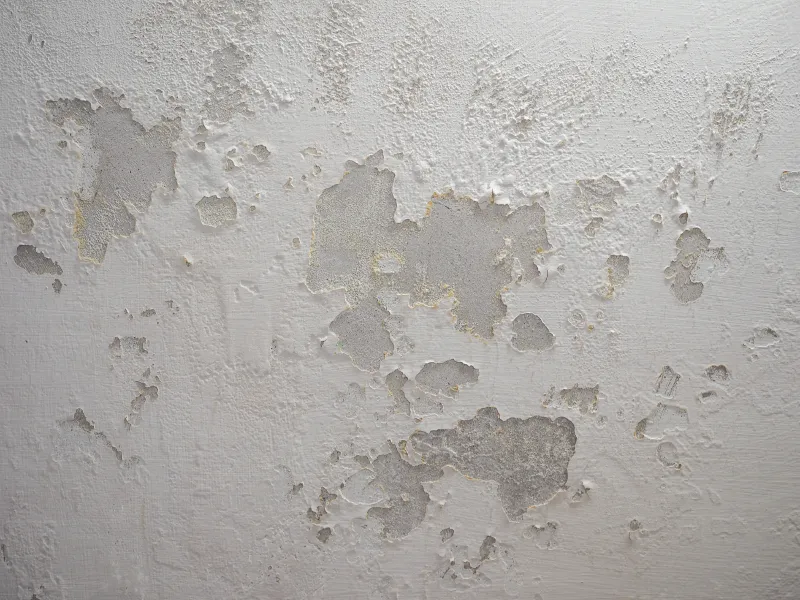6 Water Damage Reconstruction Do's and Don'ts.
6 Water Damage Reconstruction Do's and Don'ts.
Blog Article
The writer is making a few good pointers relating to Reducing Your Risk Of Water And Fire Damage At Home overall in this content following next.

Water provides life, however water breach on some components where it's not expected to be can result in damages as well as aggravation. In enhancement, houses with water damages scent old as well as mildewy.
Water can come from numerous sources like tropical storms, floodings, ruptured pipelines, leaks, and sewage system concerns. It's far better to have a functioning knowledge of safety preventative measures if you have water damages. Here are a couple of standards on how to manage water damage.
Do Prioritize Home Insurance Policy Protection
Seasonal water damages can come from floodings, seasonal rainfalls, and wind. There is additionally an occurrence of an abrupt flood, whether it came from a faulty pipe that instantly bursts right into your house. To shield your home, copyright insurance that covers both acts of God such as all-natural tragedies, and emergencies like damaged plumbing.
Don't Neglect to Switch Off Utilities
When catastrophe strikes as well as you remain in a flood-prone location, switch off the major electric circuit. Switching off the power protects against
When water comes in as water offers as a conductor, electric shocks. Don't neglect to switch off the major water line valve as a way to prevent even more damages.
Keep your furniture secure as they can relocate around and also trigger additional damages if the floodwaters are getting high.
Do Stay Proactive and also Heed Weather Condition Alerts
Tornado floods can be really unforeseeable. Remain ready and positive at all times if you live in a location tormented by floodings. Pay attention to the news and emptying cautions if you live near a body of water like a creek, river, or lake. Get your belongings and important documents from the ground floor and also cellar, then put them in a safe place and also the greatest feasible level.
Don't Neglect the Roofing System
Your roofing professional needs to take treatment of the faulty rain gutters or any type of various other indicators of damages or weakening. An examination will certainly prevent water from streaming down your wall surfaces as well as saturating your ceiling.
Do Focus On Little Leaks
There are red flags that can attract your focus and suggest to you some weakened pipelines in your home. Indications of red flags in your pipelines consist of bubbling paint, peeling off wallpaper, water touches, water stains, or dripping noises behind the wall surfaces. Repair and examine your plumbing fixed prior to it results in huge damage to your home, funds, and also an individual nightmare.
Don't Panic in Case of a Ruptured Pipe
Timing is key when it comes to water damage. If a pipe bursts in your home, right away closed off your primary water shutoff to reduce off the source and prevent even more damages. Call a trustworthy water damages reconstruction professional for help.
Water provides life, however water intrusion on some components where it's not intended to be can result in damages as well as aggravation. In enhancement, houses with water damage scent old and also moldy.
Seasonal water damage can come from floods, seasonal rainfalls, and wind. Indicators of red flags in your pipes include gurgling paint, peeling off wallpaper, water streaks, water spots, or dripping sounds behind the walls. If a pipeline ruptureds in your home, immediately closed off your main water valve to reduce off the source and protect against even more damage.
Some Do's & Don't When Dealing with a Water Damage
DO:
Make sure the water source has been eliminated. Contact a plumber if needed. Turn off circuit breakers supplying electricity to wet areas and unplug any electronics that are on wet carpet or surfaces Remove small furniture items Remove as much excess water as possible by mopping or blotting; Use WHITE towels to blot wet carpeting Wipe water from wooden furniture after removing anything on it Remove and prop up wet upholstery cushions for even drying (check for any bleeding) Pin up curtains or furniture skirts if needed Place aluminum foil, saucers or wood blocks between furniture legs and wet carpet Turn on air conditioning for maximum drying in winter and open windows in the summer Open any drawers and cabinets affected for complete drying but do not force them open Remove any valuable art objects or paintings to a safe, dry place Open any suitcases or luggage that may have been affected to dry, preferably in sunlight Hang any fur or leather goods to dry at room temperature Punch small holes in sagging ceilings to relieve trapped water (don't forget to place pans beneath!); however, if the ceiling is sagging extremely low, stay out of the room and we'll take care of it DO NOT:
Leave wet fabrics in place; dry them as soon as possible Leave books, magazines or any other colored items on wet carpets or floor Use your household vacuum to remove water Use TV's or other electronics/appliances while standing on wet carpets or floors; especially not on wet concrete floors Turn on ceiling fixtures if the ceiling is wet Turn your heat up, unless instructed otherwise

I recently found that blog entry on Reducing Your Risk Of Water And Fire Damage At Home when surfing the web. Enjoyed reading our blog entry? Please share it. Let someone else check it out. Many thanks for your time. Please check up our site back soon.
Report this page